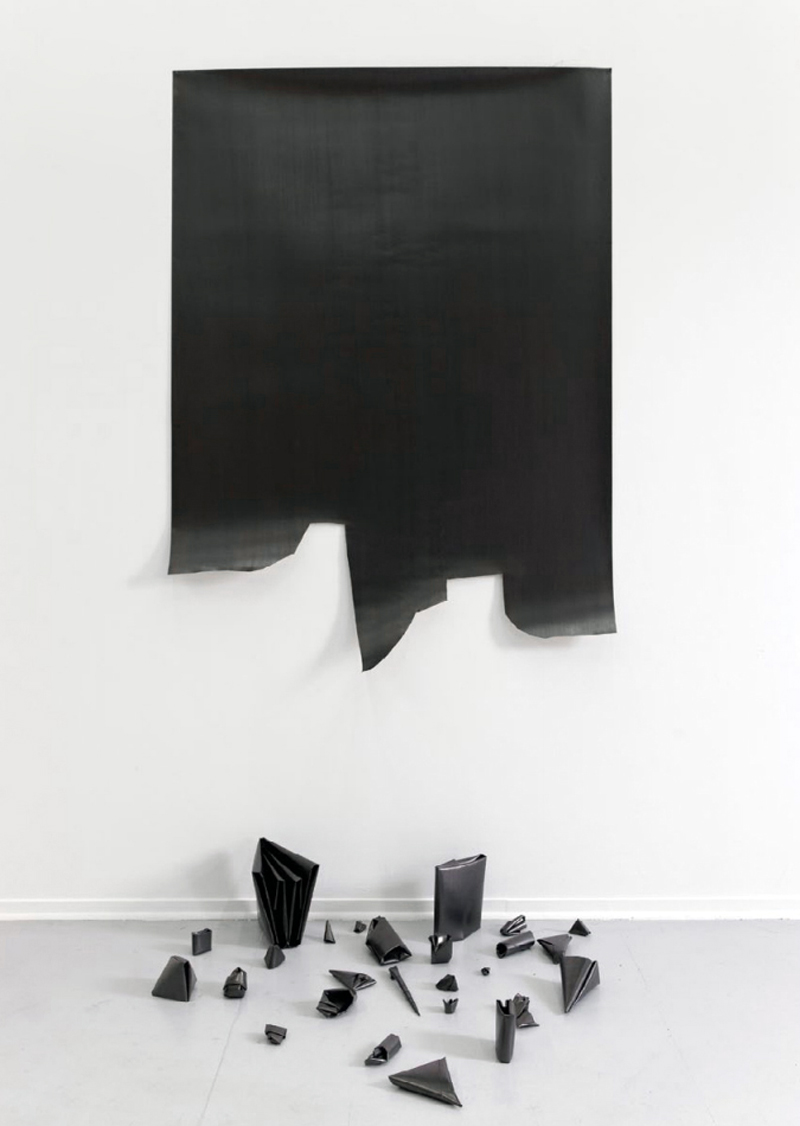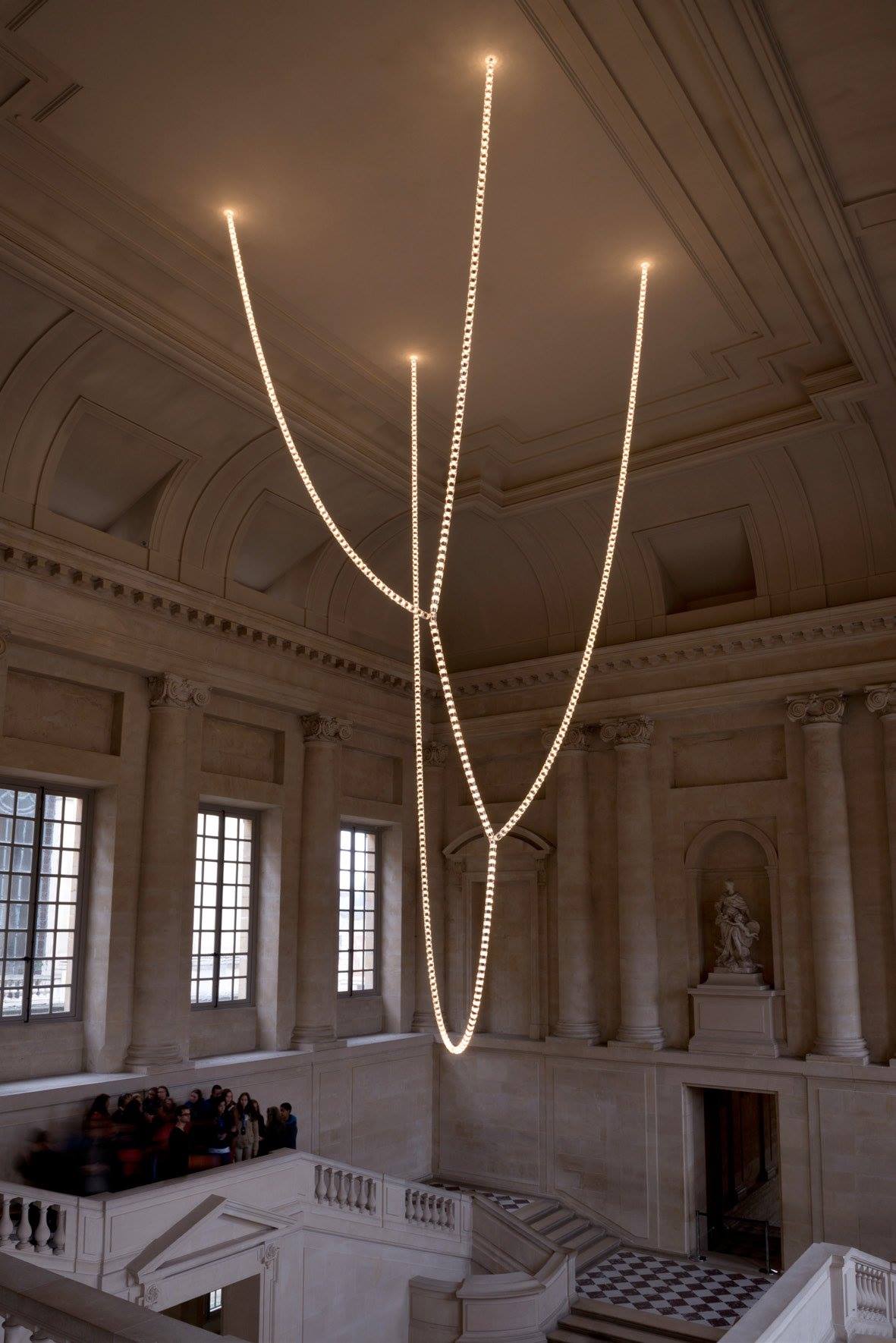
JOYCE HINTERDING
Field and Loops
Loops and Fields, is a collection of drawings that resonate sympathetically to the electromagnetic fields within the gallery. These graphite drawings function as graphic antennas and explore the qualities and inherent nature of a combination of hand-drawn and mathematically generated forms. Delving into algorithmic structures, fractals and the chaotic nature of the hand drawn line, these drawings are an exploration of conductive materials and the possibilities for drawing electronic components. When connected to a sound system they make audible their interior activity and reveal the energy that exists in the immediate environment.Relying on the basic principles of the directional loop antenna, the drawings in Loops and Fields, like any receiving antenna, convert an electromagnetic wave into a voltage; the loop antenna is particularly sensitive to magnetic fields and outputs a voltage proportional to that field. Monitoring this activity allows us to experience the local fields and generates a site-specific and dynamic aural landscape.The different shapes and line qualities that make up the algorithmically generated and stencilled drawings come from thinking about the possibilities of extending a line. Fractal mathematics and the research into fractal antennas has focused on reducing the overall size and space an antenna needs to occupy. My interest is in the frequency range at the lower regions of the spectrum, where the wavelength is large; so my interpretation of recent antenna design research has led me to explore the possibilities for drawing antennas that can receive large wavelengths, on something the size of a standard piece of fine art paper.






